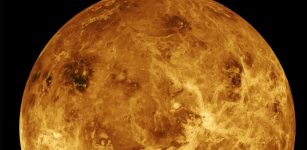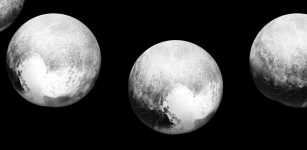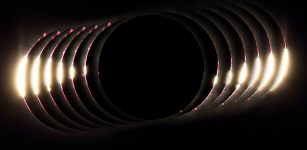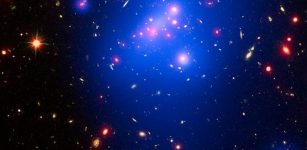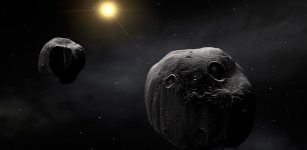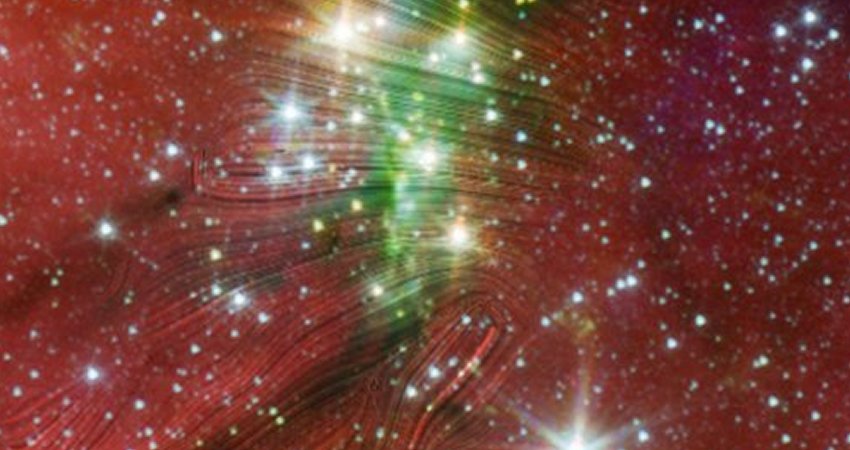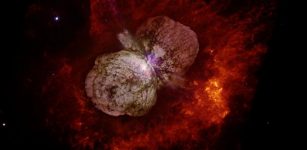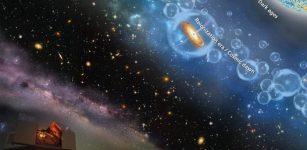Mystery Of The Ancient Gujba Meteorite Solved By Student
MessageToEagle.com – On April 3, 1984 a conical meteorite fell in a corn field near the village of Bogga Dingare, Nigeria after a bright fireball was witnessed moving west to east and an explosion was heard. The local people hammered the meteorite into many pieces, and most of the material was dispersed. The original mass is unknown.
For quite some time scientists have tried to unravel the mystery of the ancient Gujba meteorite. When and how was it formed? These were questions no-one could really answer.
It was believed that the ancient meteorite formed more or less from the dust of the solar system. However, this theory is wrong. The ancient history of the meteorite is different.
A Florida State University student has cracked the code to reveal the deep and interesting history of an ancient meteorite that likely formed at the time our planets were just developing.
Using sophisticated lasers and mass spectrometers the student Jonathan Oulton conducted in-depth chemical analysis of the meteorite samples that shattered previous theories about when and how this meteorite had formed.
“We tried to elucidate a story about its origins through this science,” said Oulton, who is now pursuing a doctoral degree at University of Colorado.
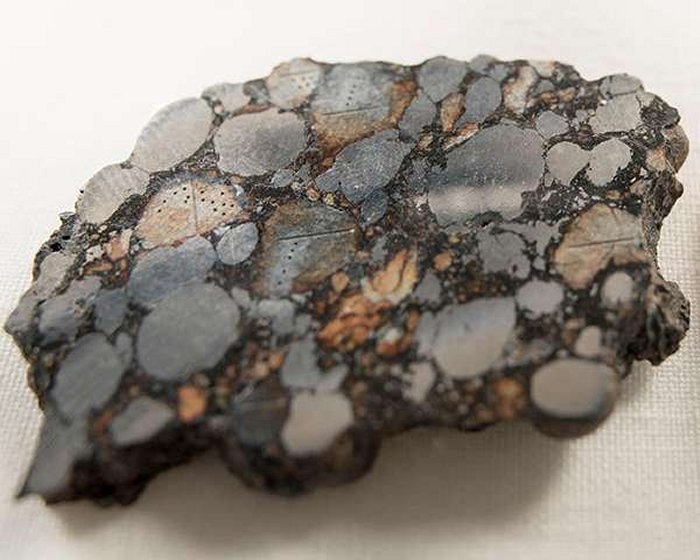
Together with Professor Munir Humayun working with Earth, Ocean & Atmospheric Science, Oulton conducted a thourough analysis of the Gukba meteorite. They discovered the meteorite had a far more complex geological history than previously thought.
See also:
Ensisheim Meteorite Is The Oldest Meteorite With A Precise Date Of Impact
Fukang: One Of The Greatest Extraterrestrial Gemstones Of The 21 Century
They inferred that Gujba formed from the debris of a collision between a parent planet that had both a crust and mantle, something that would only be found on a fairly large planet of the kind that is not seen today in the asteroid belt.
To get that type of formation, Gujba would have been involved in more than the equivalent of a solar system fender bender.
Oulton, Humayun and their collaborators argue that Gujba formed from the molten debris produced when a large metallic body smashed into another planet and both bodies were destroyed in the process. Based on chemical traces preserved in Gujba, the target planet might have been even larger than the asteroid 4 Vesta, one of the largest bodies in the asteroid belt with a diameter of about 326 miles or 525 kilometers.
“People used to say that meteorites like Gujba were the building blocks of the solar system,” Humayun said. “Now, we know it’s the construction debris of the planets, to borrow a phrase from Ed Scott of the University of Hawaii.”
MessageToEagle.com
Source:

